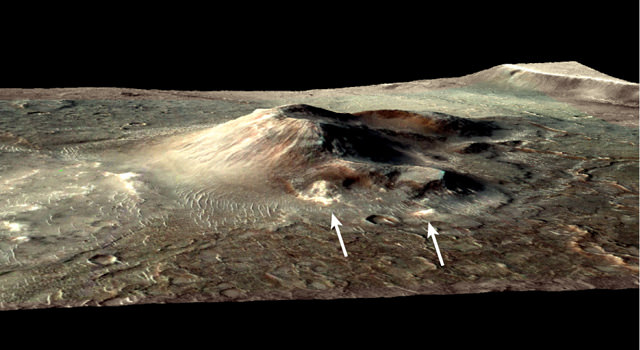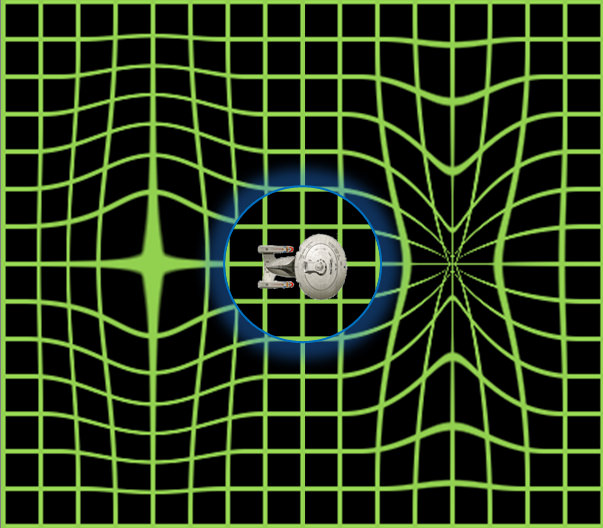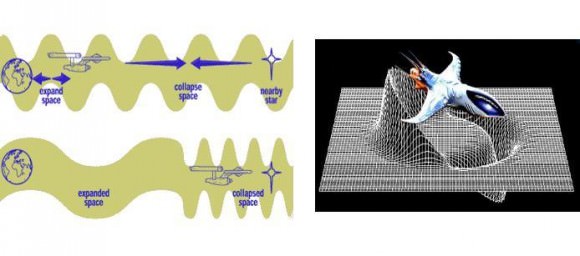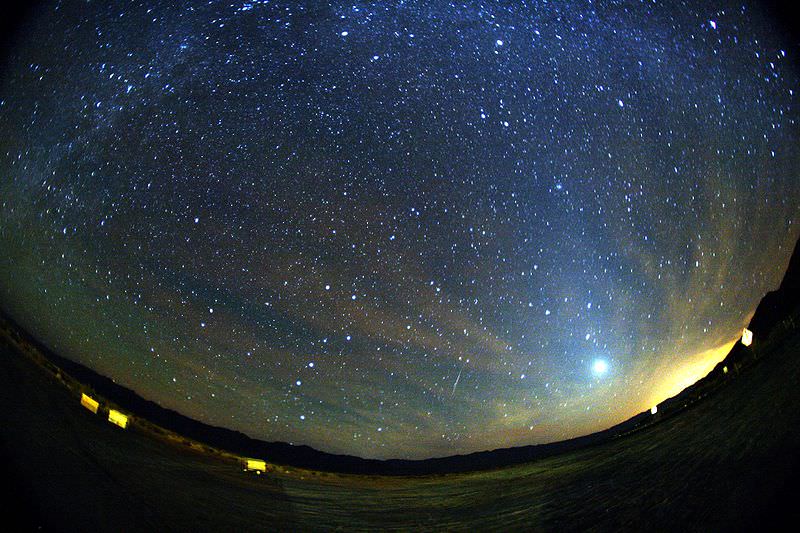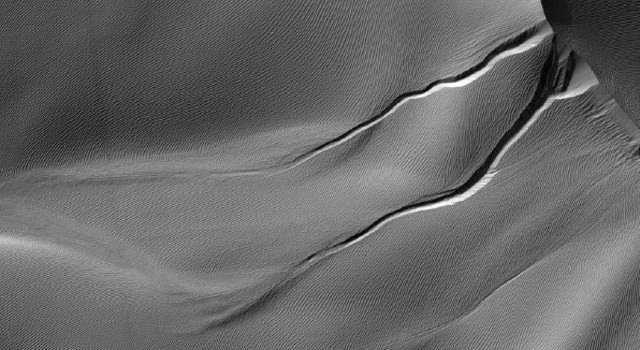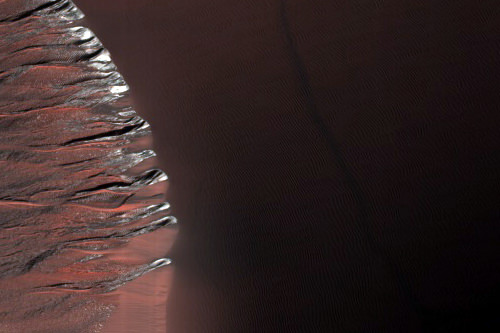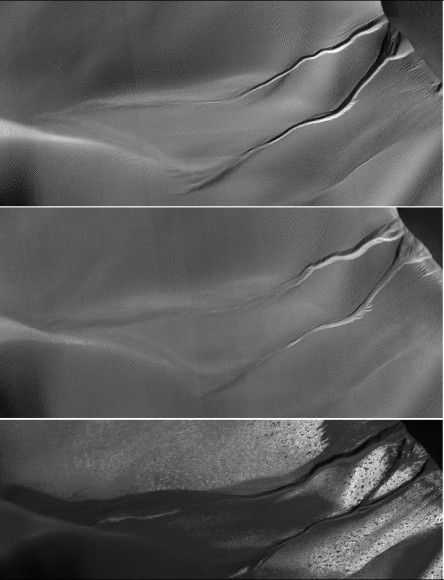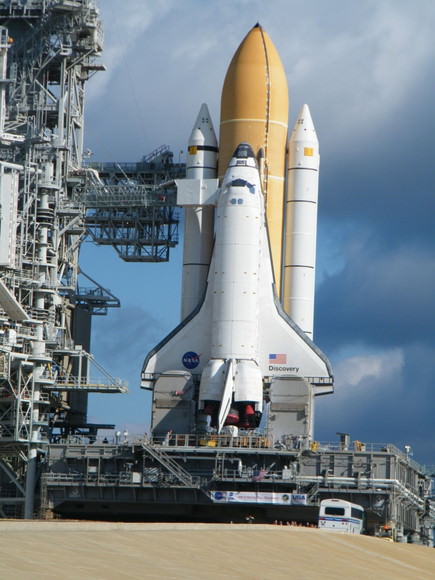[/caption]
Why is the sunset red? Awesome question. The most basic answer is that light is refracted by particles in the atmosphere and the red end of the spectrum is what is visible. To better understand that you have to have a basic understanding of how light behaves in the air, the atmosphere’s composition, the color of light, wavelengths, and Rayleigh scattering and here is all of the information that you need to understand those things.
The Earth’s atmosphere is one of the main factors in determining what color a sunset is. The atmosphere is made up mostly of gases with a few other molecules thrown in. Since it completely surrounds the Earth it affects what you see in every direction. The most common gasses in our atmosphere are nitrogen(78%) and oxygen(21%). The remaining single percent is made up of trace gasses, like argon, and water vapor and many small solid particles, like dust, soot and ashes, pollen, and salt from the oceans. There may be more water in the air after a rainstorm, or near the ocean. Volcanoes can put large amounts of dust particles high into the atmosphere. Pollution can add different gases or dust and soot.
Next, you have to look at light waves and the color of light. Light is an energy that travels in waves. Light is a wave of vibrating electric and magnetic fields and is a part of the electromagnetic spectrum. Electromagnetic waves travel through space at the speed of light(299,792 km/sec). The energy of the radiation depends on its wavelength and frequency. A wavelength is the distance between the tops of the waves. The frequency is the number of waves that pass by each second. The longer the wavelength of the light, the lower the frequency, and the less energy it contains. Visible light is the part of the electromagnetic spectrum that our eyes can see. Light from a light bulb or the Sun may look white, but it is actually a combination of many colors. Light can be split into its different colors with a prism. A rainbow is a natural prism effect. The colors of the spectrum blend into one another. The colors have different wavelengths, frequencies, and energies. Violet has the shortest wavelength meaning that it has the highest frequency and energy. Red has the longest wavelength and lowest frequency and energy.
In order to put it all together, we have to look at the action of light in the air of our planet. Light moves in a straight line until it is interfered with(gas molecule, dust, or anything else). What happens to that light depends on the wavelength of the light and size of the particle. Dust particles and water droplets are much larger than the wavelength of visible light, so it bounces off in different directions. The reflected light appears white because it still contains all of the same colors, but gas molecules are smaller than the wavelength of visible light. When light bumps into them it acts differently. After light hits a gas molecule some of it may get absorbed. Later, the molecule radiates the light in a different direction. The color that is radiated is the same color that was absorbed. The different colors of light are affected differently. All of the colors can be absorbed, but the higher frequencies (blues) are absorbed more often than the lower frequencies (reds). This process is called Rayleigh scattering.
Long story short,, the answer to ‘why is the sunset red?’ is: At sunset, light must travel farther through the atmosphere before it gets to you, so more of it is reflected and scattered and the sun appears dimmer. The color of the sun itself appears to change, first to orange and then to red because even more of the short wavelength blues and greens are now scattered and only the longer wavelengths(reds, oranges) are left to be seen.
We have written many articles about the sunset for Universe Today. Here’s an article about sunrise and sunset, and here are some sunset pictures.
If you’d like more info on the Sun, check out NASA’s Solar System Exploration Guide on the Sun, and here’s a link to the SOHO mission homepage, which has the latest images from the Sun.
We’ve also recorded an episode of Astronomy Cast all about the Sun. Listen here, Episode 30: The Sun, Spots and All.
Reference:
NASA Space Place


